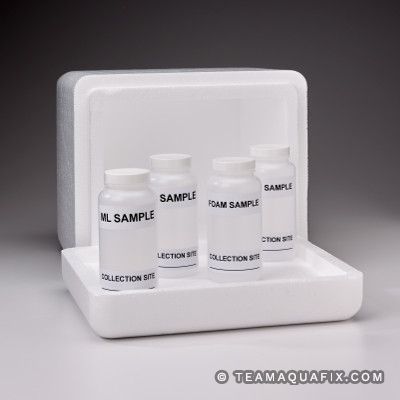In this webinar, Aquafix Microscopist, Natalie Walton will provide an overview on common microscopic evaluations, and what they mean. For additional information or questions, please contact us at 888-757-9577 or training@teamaquafix.com.
Timeline:
00:31 Overview
1:00 Wastewater microbiology basics
3:07 Aquafix wastewater services
4:50 Analysis of flocculated bacteria
10:00 Analysis of filamentous bacteria
11:48 Analysis of metazoa and protozoa
19:54 Microorganisms identification database
21:32 Laboratory equipment for analysis
22:11 Aquafix laboratory testing – Microanalysis and Filament Origins Testing
24:52 Q&A
Questions:
1. Will you discuss sludge color, for example, healthy sludge vs old sludge color
2. Is observing color in the aeration basin indicative of this as well?
3. I’ve seen very small circular bugs swimming very quickly over the slide, what are those? An aerobic system with bio-P removal
4. What type of microscope do you recommend for observing the flocs and microorganisms in a WWTP?
5. How often do you recommend analyzing under a microscope?
6. We always have ciliates as our dominant protozoa is that good?
7. Is a high foaming sludge an indication of high amounts of filamentous bacteria populating the sludge, and what can be possible causes?
8. Can the SARs virus in the wastewater mess with the biology of your aeration basin? have you done studies on that?
9. Our sludge age is older, and sometimes we have a lot of Gastrotrichs. Can that be a problem?
10. We run a constantly high F:M ratio and are operating great. Is that a problem or does F:M vary among different plants?
11. Should you always sample from the same location?
12. What do you mean by composite sample?

